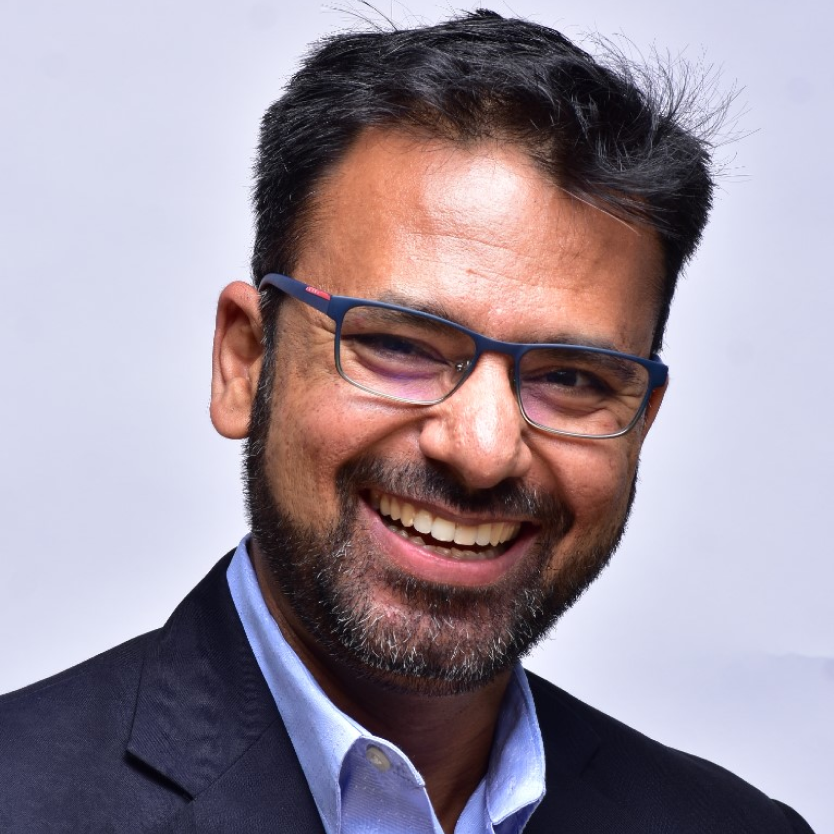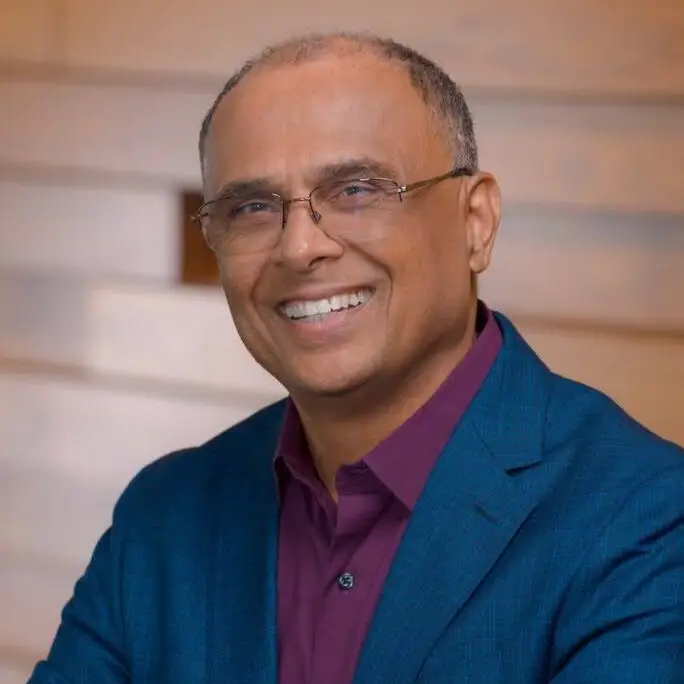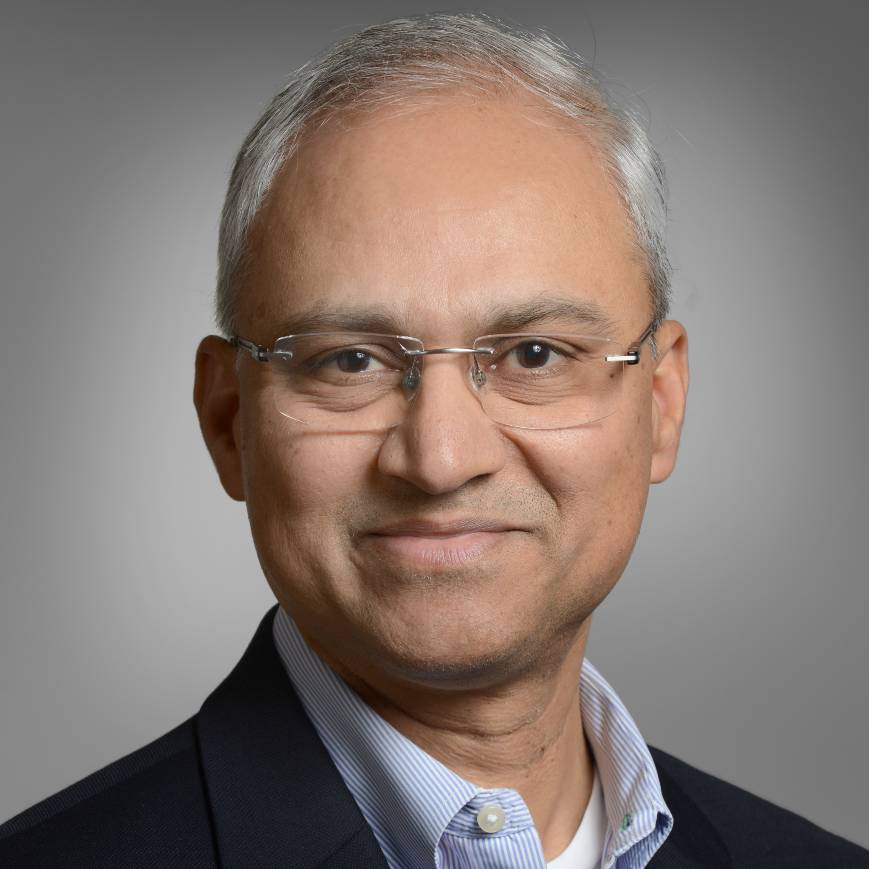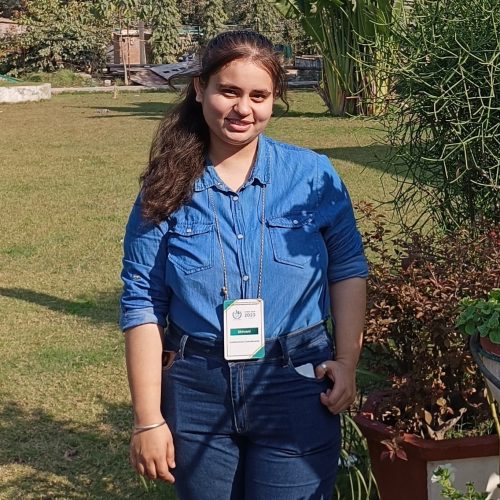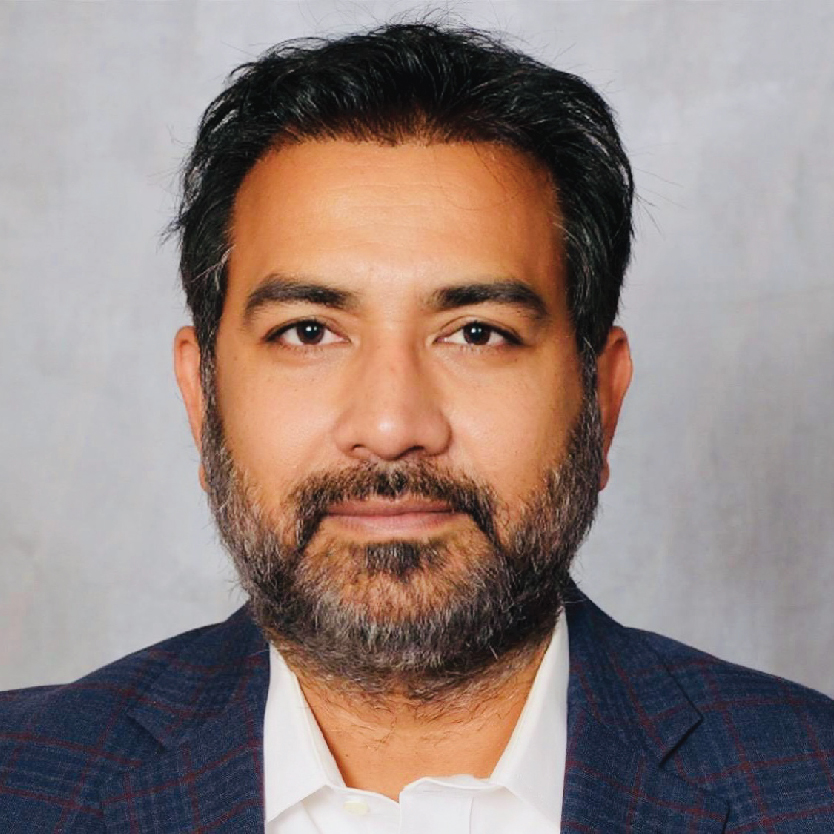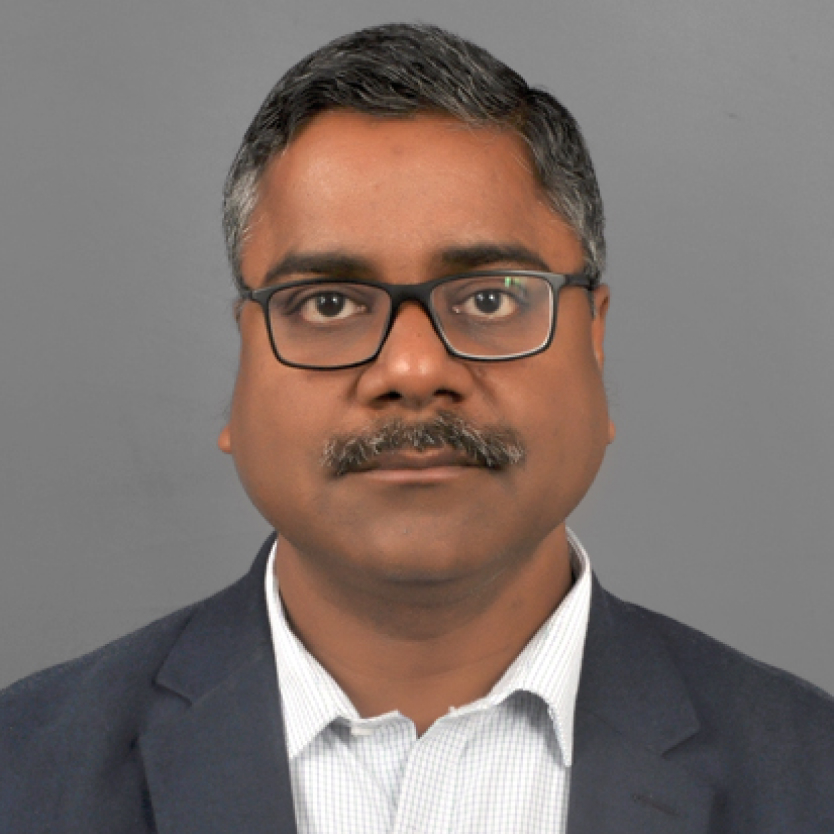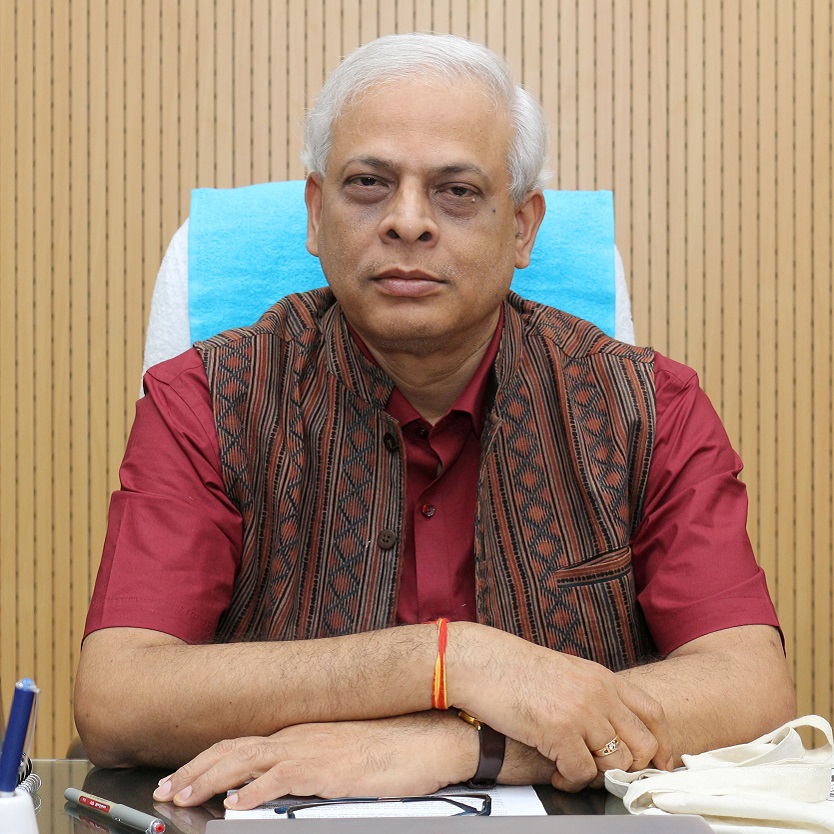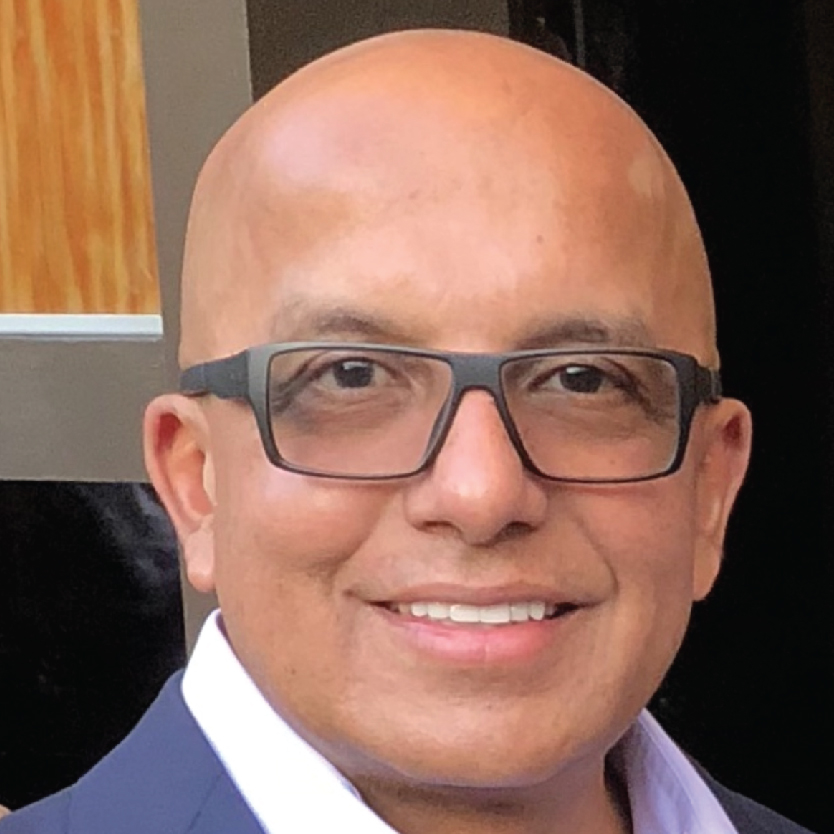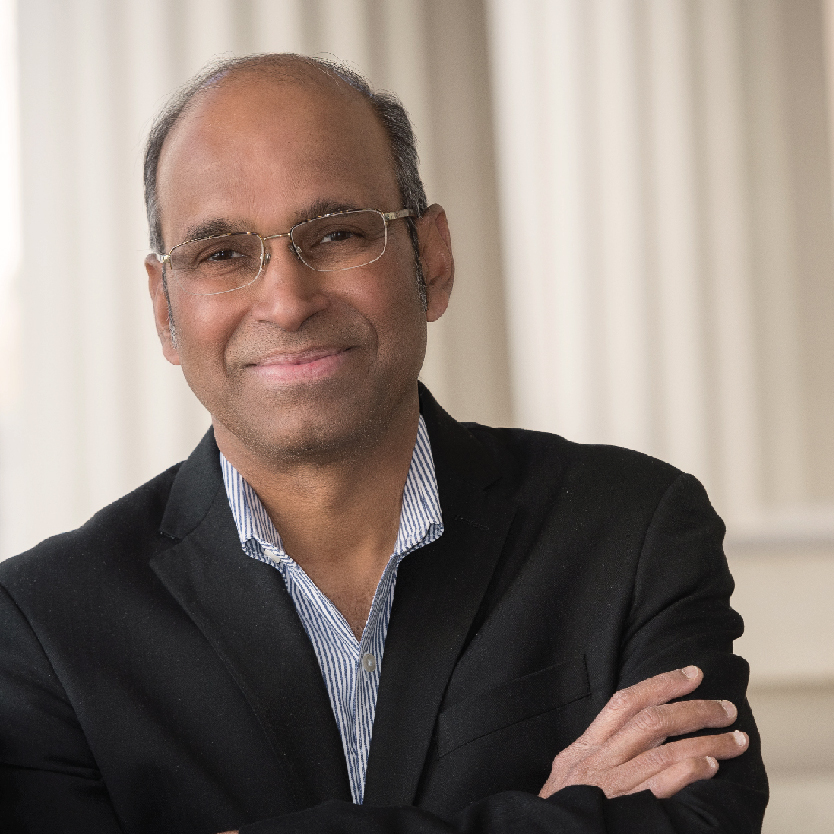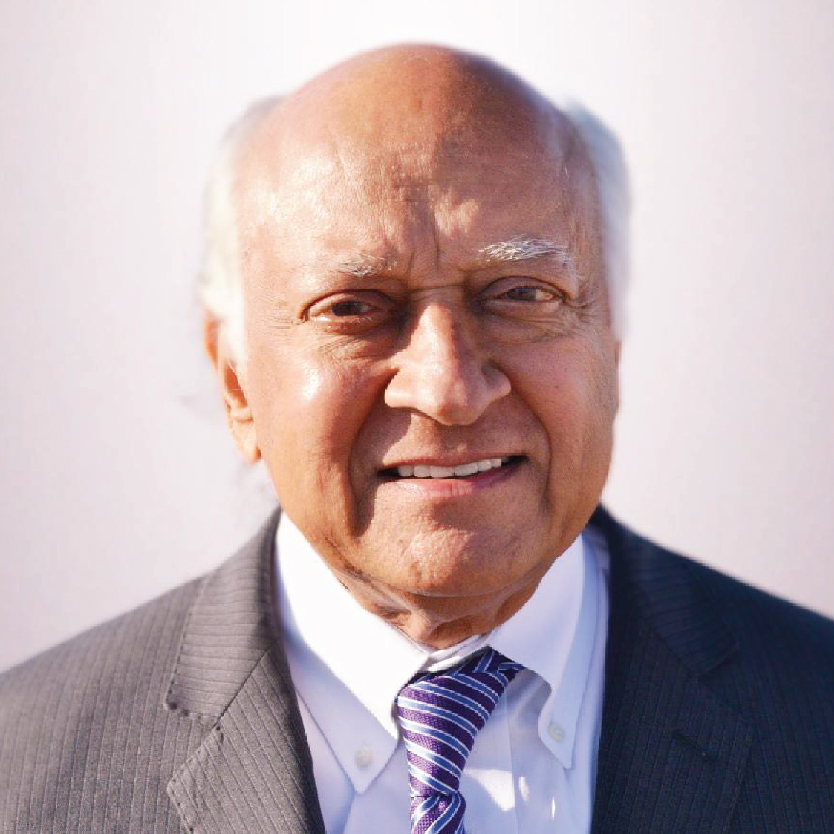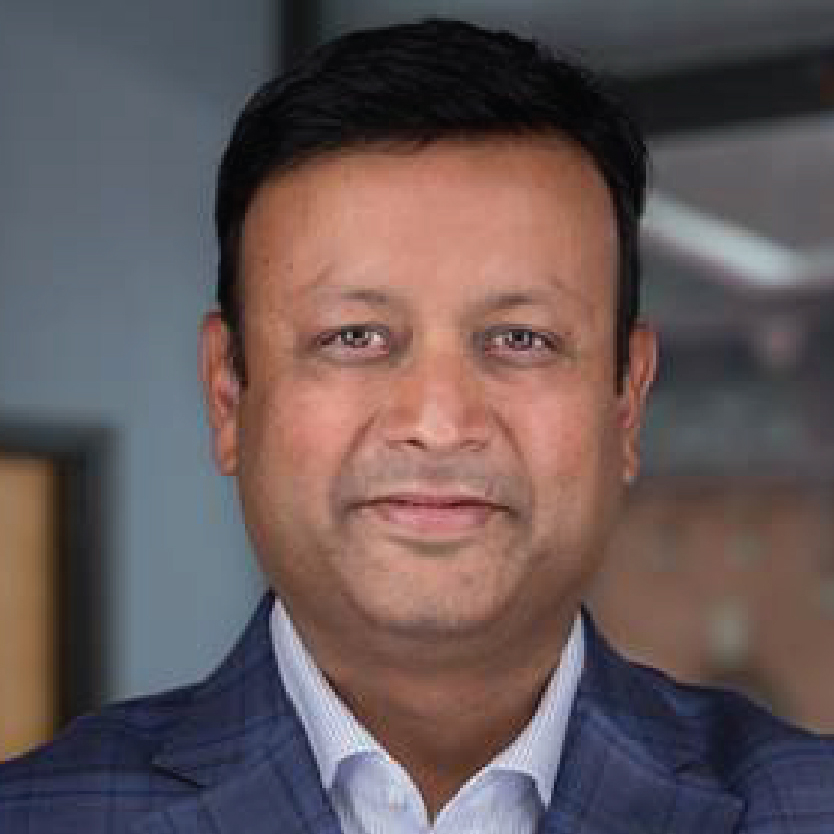Introduction
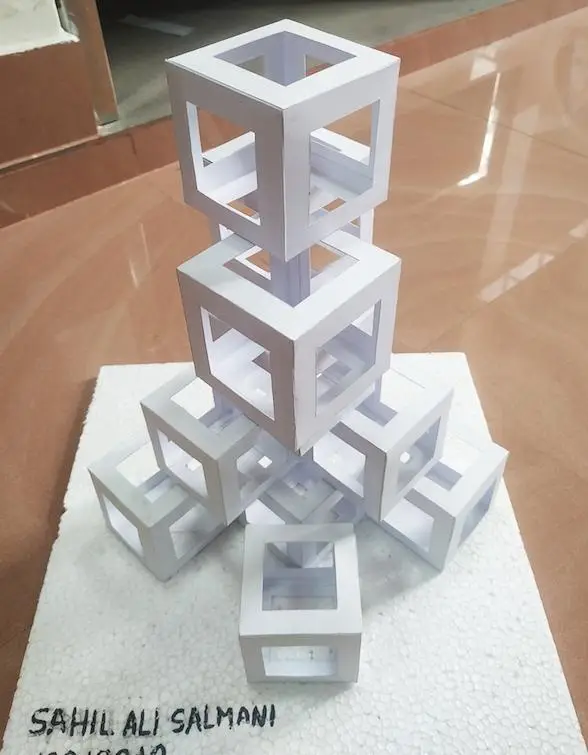
India has 43 UNESCO World Heritage Sites, 3679 Archaeological Survey of India protected monuments, and numerous non-listed heritage sites of national and regional significance (Archaeological Survey of India, n.d.). However, despite the sheer number of heritage sites and elements, the tourist count is abysmally low compared to Eastern Asian and Western European countries, as around 90 million tourists visited France, 66 million visited China, and only 19 million visited India in 2023(Statista, n.d.). Further, only a few states, like Rajasthan and Kerala, attract most international tourists, whereas the majority receive a negligible tourist inflow (Ministry of Tourism, 2022).
Tourism contributes around 10% of the global GDP and employment (Tourism, n.d.). Further, cultural and heritage tourism is a booming global market that accounts for 40% of total tourism (Heritage Tourism in the Digital Era – EUDiF, n.d.). The extant literature on cultural tourism discourses that positive tourism experiences and marketing enhance tourism counts at heritage sites (Hallmann et al., 2015). Further, accessible, preserved, and reasonably priced heritage sites count for a large share of the global tourist inflow (Cohen et al., 2014). The Government of India has launched several programs, ‘Swadesh Darshan’, ‘Chalo India’, and ‘Incredible India Content Hub’, to promote and encourage international tourist inflow in recent years (Press Information Bureau, n.d.). However, recent reports on tourism have reflected a fall in international tourists’ arrivals in India compared to the pre-pandemic period (Chakrabarty, 2023). Accessibility, safety, and tourism-related facilities are major factors in tourism (Sánchez-Sánchez et al., 2021). Further, a well-preserved tourist place encourages tourists to recommend the tourist place to others (Lak et al., 2020). However, most of the heritage structures and elements are unlisted; hence, ASI and other agencies do not maintain them. Also, encroachment of heritage structures is a major issue in preserving and managing of heritage sites in India (MoUD, 2015). In addition, climate change and lack of maintenance are other major threats to heritage sites and structures in developing countries, including India.
According to (NITI Aayog, 2022) only limited heritage sites and structures are adequately documented to date; hence, lack of information and awareness for lesser fame heritage sites causes unequal attention and tourist counts among the heritage sites. Even after identifying and documenting, there is still a gap in detailed documentation, especially regarding the cultural heritage landscape of the country. India’s cultural landscape starts from the ruins of the Indus Valley civilisation and spreads to the modern period. It encompasses a lot of different materials, construction styles, and ornamentation details. Due to a lack of identification and documentation, this knowledge is being replaced by modern materials. Documenting this diversity is essential to preserve heritage and knowledge for future generations, promote understanding and respect among different communities, and provide a comprehensive record of the nation’s evolving socio-cultural and architectural landscape. Such documentation aids in conserving unique practices and structures, contributing to India’s cultural and historical identity on a global scale. Hence, there is an urgent need for study on the country’s tourism infrastructure, including cultural sites.
- Budget for the Proposed Research Lab:
A rough estimation of the proposed research lab would be around 70 lakhs. Details of the required equipment for this lab are as follows: - 3D scanners, drones, and high-resolution cameras for documenting high-resolution 2D and 3D models of historic structures and elements (Straus, 2022)(Historic England, n.d.)
- 3D Pinter to make scale models of historic structures and elements (Straus, 2022)
- Interactive Displays to make 2D images of historic buildings and elements (EUDiF, n.d.)
- Virtual Reality Headsets to experience virtual heritage tourism (Zhong et al., 2021)
- UV Light Systems for the identification of minor details of the historic elements (Ammirato et al., 2022)
- High-performance computers/workstations for processing large-size files (EUDiF, n.d.)
- Digital Modeling Tools: 2D and 3D Modelling software, GIS, VR/AR systems, and 3D printers for visualisation and planning (Interreg Europe, n.d.)
Table 1: List of required equipment
Equipment with price (INR)
- 3D laser scanners
4500000 - Drone
750000 - 3D printers
500000 - HD DSLR Camera
500000 - High-performance computers/workstations
500000 - Virtual Reality Headsets
120000 - Touchscreens/Interactive Displays
100000 - UV Light Systems
30000
Total:
70,00,000 INR
Estimated Timeline for the Project
1 Year
Expected Impact
This proposed ‘Digital Heritage Lab’ aims to address the research gap by exploring unexplored or lesser-documented heritage sites through digital tourism. Digital tourism is an emerging form of tourism that uses technology to document and manage tourist sites and enhance the travel experiences of visitors. Digital tourism of heritage sites impacts the preservation of tangible and intangible cultural elements. Also, digital heritage will identify the challenges related to structural and architectural elements and provide opportunities for global audiences to experience the cultural fabric of tourist sites. In addition, digital heritage will help create knowledge repositories and support materials for advanced research in image classification and reconstruction of damaged heritage structures. Similarly, digital tourism can potentially create public awareness of the significance of cultural sites. For remotely located heritage sites and differently able tourists, digital heritage creates an opportunity for tourism experiences.
Purvanchal is renowned for its traditional arts, music, handicrafts, food, architecture, culture and social diversity. The built environment of this region is a living embodiment of artistic and cultural expressions passed down through generations. Architecturally, this region has records that prove the presence of Aryan settlements followed by Buddhism, Gupta, Magadha, Mughal, Bengali, Maratha, and British (Brown, 1959). This region provides visitors a unique combination of architectural and social fabric. Further, the presence of Ganga and one of the 12 Jyotirlingas, “Kashi Vishwanath”, attracts millions of pilgrims worldwide. Due to the influence of various backgrounds, buildings in this region contain many elements from various architectural styles. Weaving different styles and locally available materials provides this region with a unique blend of architecture.
Unfortunately, despite cultivated lands and numerous cultural sites, Purvanchal is one of India's worst-performing regions in terms of social, economic and other human development indexes (Mathur et al., 2014). Further, the haphazard construction method has caused a lack of aesthetic unity and visual balance, leading to an inadequate representation of the architectural history. The traditional architectural fabric of the region is in danger because of the growing urbanisation, which is replacing the historic architectural style with contemporary and modern design elements like exposed materials, basic design features, and usage of new materials.
Digital Heritage Lab is a specialised facility designed to study, analyse, and conserve cities’ cultural and architectural heritage. This lab will integrate advanced tools, methodologies, and interdisciplinary expertise to address challenges related to heritage preservation, urban planning, and sustainable development in India, including the Purvanchal region. Documentation of heritage buildings is important for preserving historical significance by providing information on construction techniques and materials used in various periods. Correlation between architectural and structural features with historical context will discourse on the impact of social, cultural, and religious influences on the built environment of this region.


